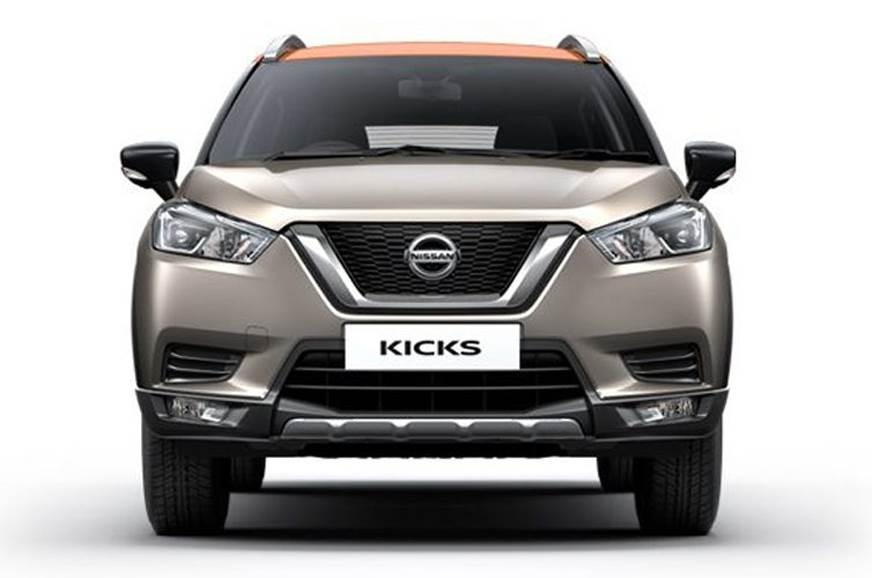
Nissan’s new rival to the Hyundai Creta, the Kicks, is set to be launched later, this month. The India-spec Kicks is larger than its international counterpart, as it’s based on the Japanese brand’s M0 platform (shared with the Captur and Terrano). The Kicks is about to step into a fiercely competitive segment, where Nissan hopes segment-first features such as a 360-degree surround-view camera and a telematics-enabled smartwatch will help distinguish the Kicks from its rivals. The equipment list also includes an 8.0-inch infotainment system with Android Auto and Apple CarPlay, 17-inch alloy wheels, LED projector headlights and cruise control. Engine and transmission options, for now, are shared with the Renault Captur and include the 106hp, 1.5-litre petrol motor and 110hp, 1.5-litre K9K diesel engine, mated to a 5-speed manual and a 6-speed manual gearbox, respectively.
Contents
TATA HARRIER
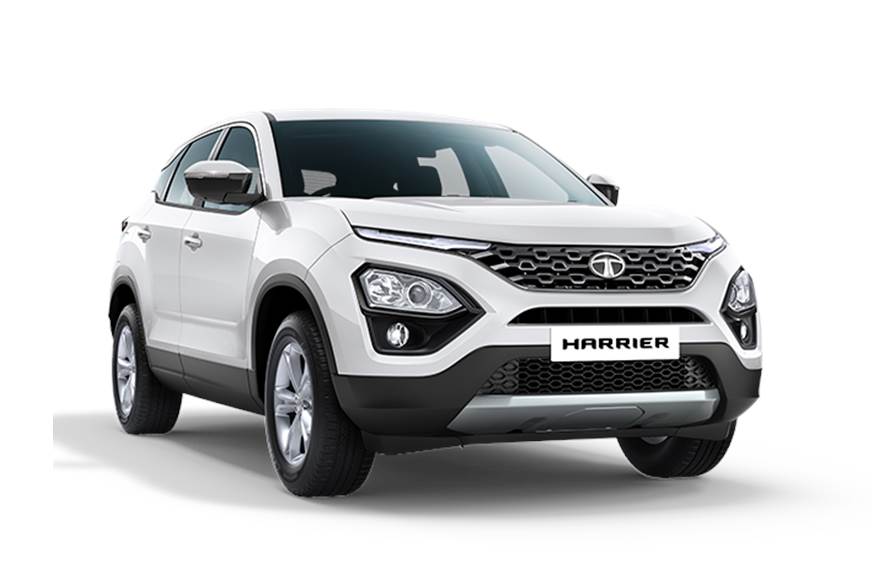
One of the most anticipated launches of 2019 is the Tata Harrier. Expected to be priced between Rs 16-21 lakh (on-road), the SUV is a new rival to the likes of the Hyundai Creta, Mahindra XUV500 and Jeep Compass and will be offered in four variants. While there’s no automatic gearbox or AWD on offer at launch, the Harrier – which is based on the same platform that underpins Land Rover’s Discovery Sport – is expected to be more capable off-road than its front-wheel-drive rivals, thanks to the Land-Rover-like Terrain Response controller for the ESP. The 140hp, 2.0-litre diesel engine (sourced from Fiat Chrysler Automobiles) will have three drive modes – Eco, City and Sport. Distinct styling, spacious interiors, a feature-rich cabin and a segment-rivalling safety kit, all mean that the Harrier has plenty of people waiting in anticipation – now to see if Tata can surprise everyone with its pricing on January 23.
MARUTI SUZUKI WAGON R
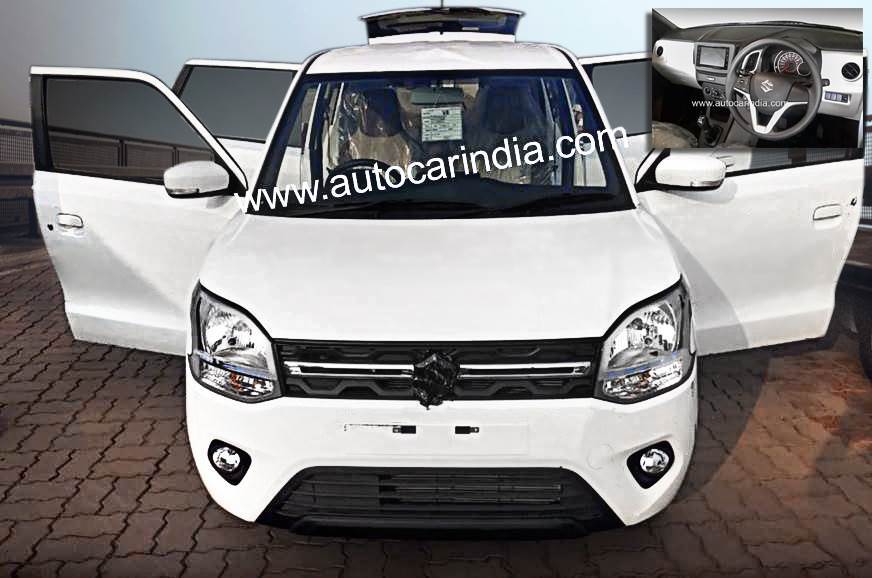
Just like the outgoing model, the all-new Maruti Suzuki Wagon R is a made-for-India vehicle. While it will retain its predecessor’s boxy silhouette, the new tall-boy hatchback has a more rounded look and is longer and wider than its predecessor. The added length will help generate more legroom at the rear, with reclining rear seats providing more comfort. The new model will be based on the same platform as the outgoing Wagon R, albeit with updates to meet India’s upcoming crash test norms. The same three-cylinder, 1.0-litre engine is expected to be retained (with petrol and CNG variants), but the big news is the addition of a 1.2-litre, four-cylinder petrol engine in the VXi and ZXi variants. Gearbox options will include either a 5-speed manual transmission or an AMT. Higher-spec variants of the new Wagon R will feature the SmartPlay touchscreen infotainment system found on other Maruti Suzuki cars. When it launches on January 23, the new Wagon R will go up against the Hyundai Santro, Tata Tiago and Datsun Go.
MAHINDRA XUV300

You’ve seen plenty of spy pictures and read all about what it could possibly be named. Now, we know that Mahindra’s compact SUV is named the XUV300 – and we also know how it looks. Bookings for the newest compact SUV have already unofficially commenced at most Mahindra dealers nationwide, and the launch is set for February. The XUV300 is based on Tivoli’s X100 platform, which has been modified and altered to fit within the crucial 4m length that will help Mahindra price it more competitively. As reported by us earlier, the XUV300 will come loaded with features, including segment-firsts such as a large 8.0-inch touchscreen, a sunroof, dual-zone climate control and leather seats. Powering the XUV300 will be the same 123hp, 1.5-litre diesel unit that debuted in the Marazzo; and it will get the option of a 1.2-litre turbo-petrol engine mill as well. Both engines will be mated to a six-speed manual gearbox, for now, with an automatic transmission expected to be introduced later. The Mahindra XUV300 will be aimed squarely at not only its compact SUV rivals like the Maruti Vitara Brezza, Tata Nexon and the Ford EcoSport but also at the larger Hyundai Creta.
HYUNDAI QXI/STYX
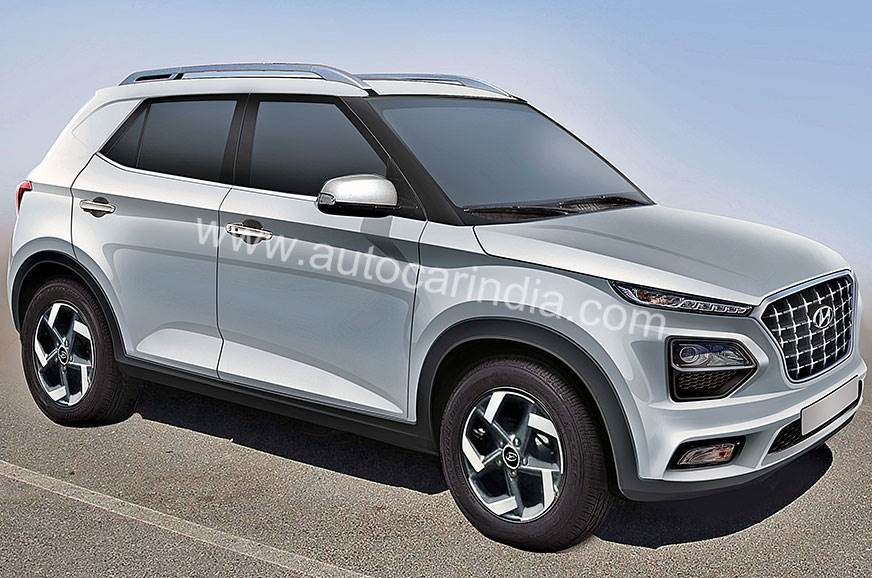
Around March 2019, Hyundai will launch its compact SUV, known internally as the QXi but likely to be named the Styx. It will have a classic, upright SUV shape and is likely to resemble the Creta in its profile. Its wide grille, square wheel arches and tight skinning follow Hyundai’s latest SUV design language. The QXi will be powered by a 1.0-litre, three-cylinder, turbo-petrol engine with an output of around 118hp; and the reason for choosing this instead of the naturally aspirated 1.2-litre Kappa engine is because Hyundai believes the “strong, mid-range torque of the turbo will be essential for the compact SUV.” The SUV will also come with a new, BS-VI-certified 1.5-litre diesel engine with 115hp and 250Nm of torque, which will also power the refreshed Verna, in due course.
KIA SP-CONCEPT-BASED SUV
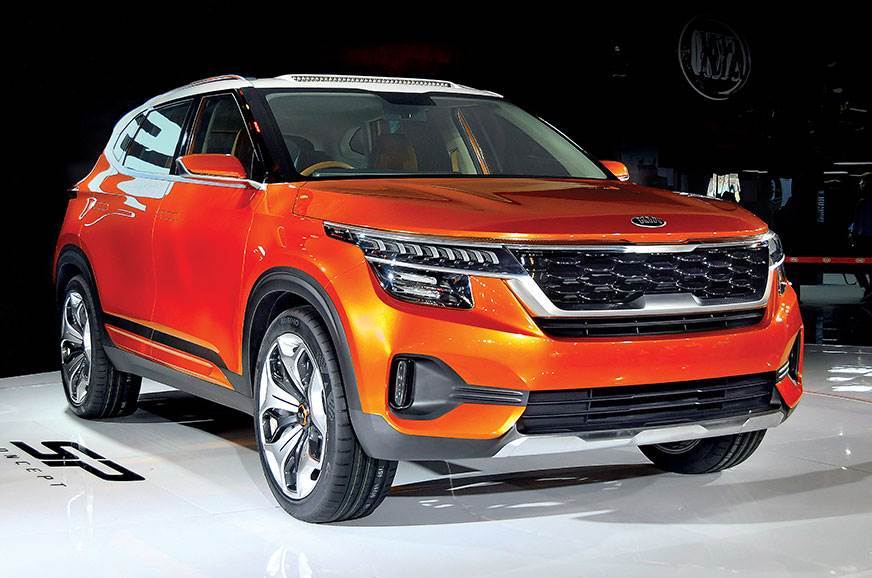
Kia is all set to introduce its first product for our market, the SP-concept-based SUV, in the second half of 2019. The company had recently announced its plan to begin trial production at its Anantapur facility in January. While the Kia SP-concept-based SUV will be aimed at Indian buyers, the model will also be sold in many global markets such as North America, Australia and even China, and the company is likely to unveil the production-ready model at the New York Auto show, in April. The India-spec model will likely get colour-coordinated interiors, a large touchscreen infotainment system and a first-in-segment digital instrument cluster. This new Kia SUV will take the fight to the Hyundai Creta and the upcoming Nissan Kicks, in addition to the Maruti Suzuki S-cross and Renault Duster. At launch, it will come with both petrol and diesel engine options, and a choice between manual and automatic transmissions. Kia has also confirmed that this SUV’s pricing will start at around Rs 10 lakh, and go up to Rs 16 lakh (ex-showroom).
MG SUV
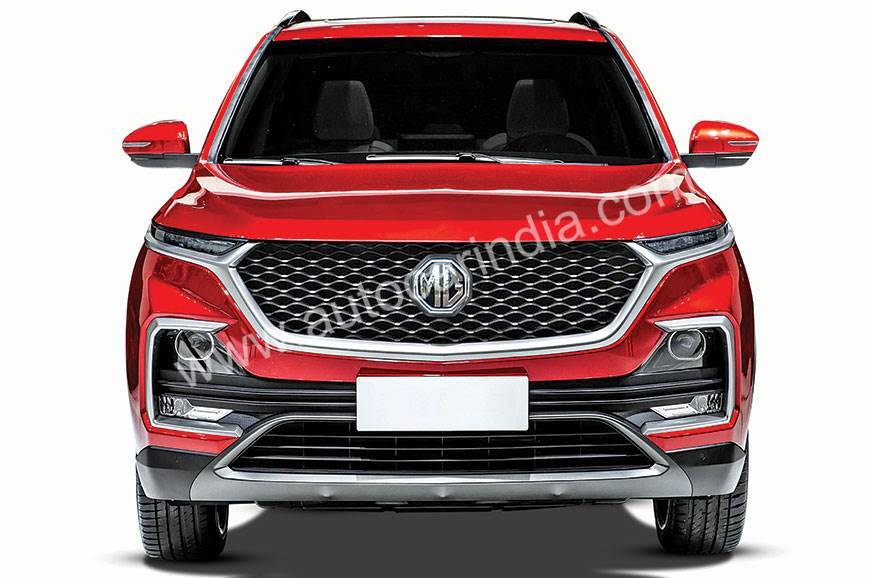
Another new manufacturer commencing operations in India in 2019 will be MG Motor. The carmaker will begin its innings in the Indian market by launching a re-styled and re-engineered version of Chinese carmaker Baojun’s 530 SUV, in the month of May. Measuring 4,655mm in length, 1,835mm in width and 1,760mm in height, MG’s first SUV will be a shade larger than a Jeep Compass, and promises to be sufficiently roomy on the inside. Along with the SUV’s hefty size and long equipment list, MG Motor India is planning to take on the likes of the Compass and the Hyundai Tucson; and according to sources, a sub-Rs 20 lakh price is the target, which will position it just below the Tucson. For the upcoming SUV, MG is expected to source a 2.0-litre diesel engine option from Fiat. MG Motor is currently working on heavily localising the new SUV that will be produced in India at SAIC’s plant in Halol, Gujarat.
MARUTI FUTURE S
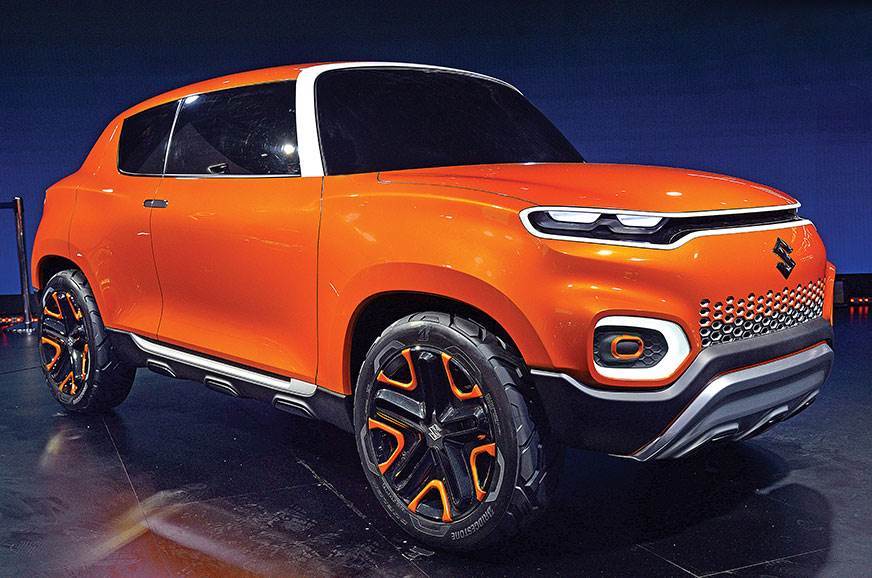
Maruti Suzuki made an impact with the Future S SUV concept at the 2018 Auto Expo. Here was a concept previewing an SUV that measures under four metres in length, but still presents an imposing stance – and now, we can tell you the production version is set to launch in 2019. With a length and wheelbase similar to that of the Ignis, the Future S is intended to take advantage of the tax benefits offered to sub-four-metre cars and it will square up against conventional hatchbacks. It will be built on Suzuki’s lightweight Heartect platform and is likely to come with only a 1.2-litre petrol engine at launch. The Future S is believed to be packaged for some form of electrification, as well. When launched (closer to Diwali), the prices for the Maruti micro-SUV are likely to start at Rs 5 lakh.
TOYOTA’S VITARA BREZZA/BALENO
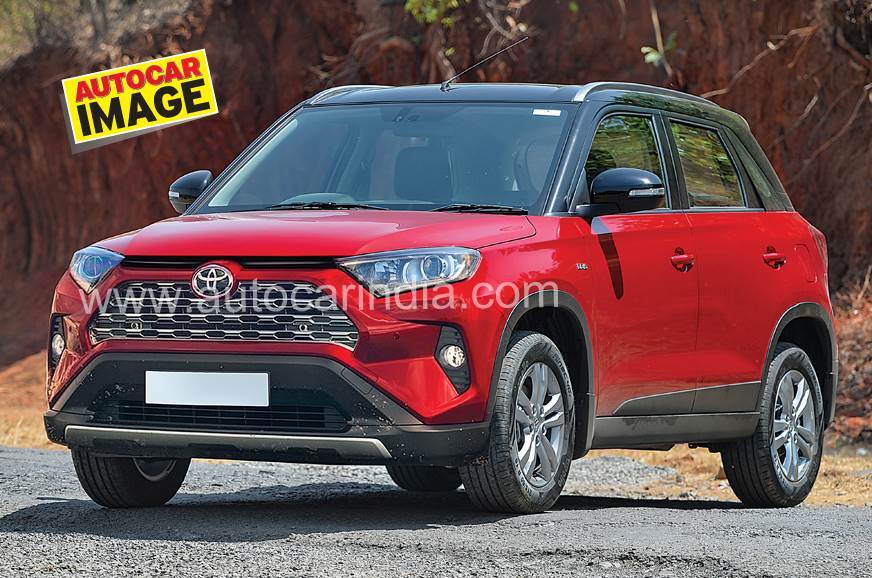
An idea that made big waves last year will come to life in 2019. Maruti Suzuki will start supplying the Baleno hatchback and Vitara Brezza compact SUV to Toyota, with the first of the shared models set to hit the market in the second quarter of 2019. We can confirm the new models won’t be mere badge-engineered versions of their donor products but instead, are likely to sport significantly revised styling. It is expected that ‘soft parts’ such as bumpers, the grille, and lights will be different to ensure Toyota’s versions have a distinct visual identity. Sheet metal changes are unlikely, however, to keep costs in check. Under the skin, the Maruti and Toyota models will be identical and will share engines and gearboxes.
TATA 45X
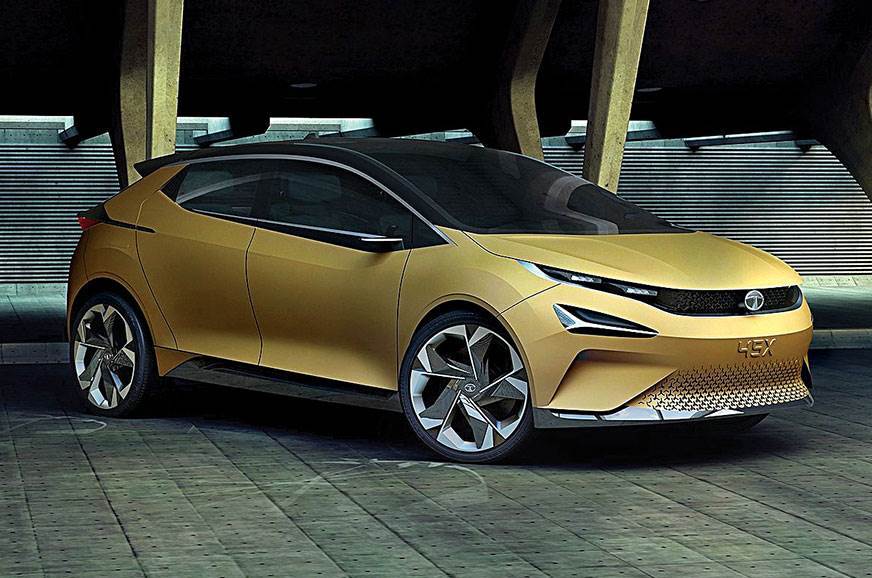
The next big thing from Tata Motors after the Harrier will come in August; with the launch of the production-spec 45X; a brand-new rival to the Maruti Suzuki Baleno and Hyundai i20. It’ll be the second Tata to sport the brand’s new Impact Design 2.0 language. Tata has promised all cars following the Impact Design 2.0 philosophy will get class-leading wheel sizes, generous wheel arches and clean surfacing, and the production-spec 45X will tick all those boxes. Spotted testing previously, the interior of the production-spec 45X will likely get a largest-in-its-class touchscreen infotainment system, a part-digital instrument cluster (as seen on the Harrier) and a T-shaped centre console with AC vents under the centre screen. Expect more powerful versions of the Nexon’s 1.2-litre petrol and 1.5-litre diesel engines to be offered with the 45X. Gearbox duties will likely be taken care of by a six-speed manual, and there’s also a dual-clutch gearbox in development.
[“source=autocarindia”]